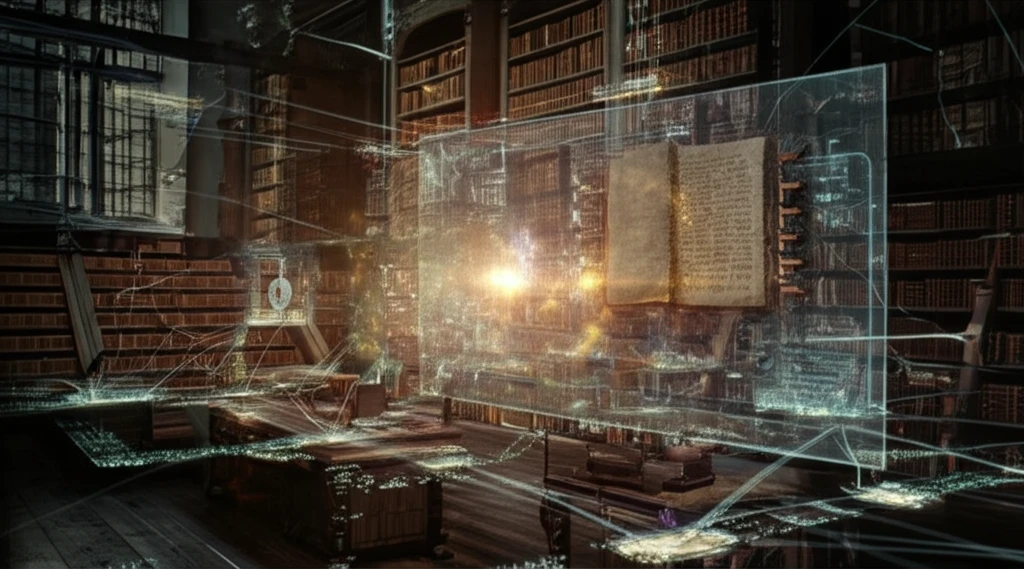
Decoding Ancient Wisdom: How 'Religion Past and Present' Illuminates Modern Faith
"Uncover the hidden layers of theological scholarship and its surprising relevance to today's spiritual landscape. Explore key insights from a leading theological encyclopedia."
In an era defined by rapid change and information overload, the quest for understanding the foundations of faith can feel like navigating a labyrinth. The encyclopedia 'Religion Past and Present' (RPP) emerges as a guiding light, offering a deep dive into the historical, cultural, and theological currents that have shaped religious thought. Far from being a dusty collection of ancient ideas, RPP provides a lens through which to examine the very nature of belief in the modern world.
This article explores how RPP serves as an invaluable resource for anyone seeking to understand the complexities of religion. Whether you're a student grappling with theological concepts, a scholar tracing the evolution of religious ideas, or simply a curious individual seeking a deeper understanding of faith, RPP offers a wealth of knowledge and insights.
We'll delve into the encyclopedia's unique strengths, examining its accessibility, its focus on key themes within Hebrew Bible studies and New Testament studies, and its potential to bridge the gap between historical scholarship and contemporary relevance. Join us as we uncover how 'Religion Past and Present' can illuminate the path toward a more informed and nuanced understanding of religion.
Navigating the Depths: How RPP Unlocks Religious Understanding

One of the most significant challenges in religious studies is the sheer volume of information and the fragmentation of knowledge. RPP addresses this challenge head-on by providing a curated and comprehensive overview of key topics, figures, and movements. Its structure allows readers to quickly access information and delve into specific areas of interest.
- Reader-Friendly Format: Subdivided articles with subheadings for easy navigation.
- Historical Themes: Clear organization for historical topics.
- Condensed Overviews: Complex articles offering concise summaries of key themes.
A Bridge Between Worlds: RPP's Enduring Value
In conclusion, 'Religion Past and Present' stands as a testament to the enduring power of scholarship and its ability to illuminate the complexities of faith. By providing a comprehensive, accessible, and nuanced overview of key topics in religious studies, RPP serves as an invaluable resource for students, scholars, and anyone seeking a deeper understanding of the world's religions. Its unique focus is on integrating German scholarship with existing English-speaking views allowing a more wholesome view of the past, present and future of religion.
